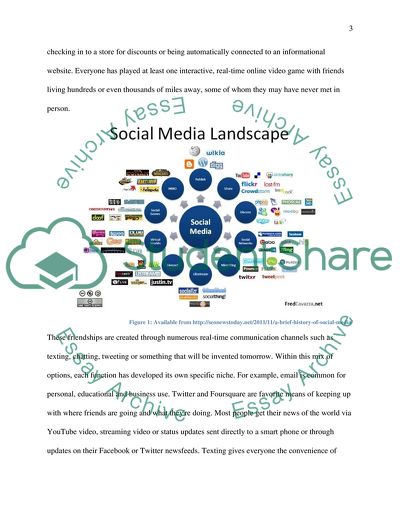Cite this document
(The Pros and Cons of Social Media Research Paper, n.d.)
The Pros and Cons of Social Media Research Paper. Retrieved from https://studentshare.org/media/1777750-social-media-the-pros-and-cons
The Pros and Cons of Social Media Research Paper. Retrieved from https://studentshare.org/media/1777750-social-media-the-pros-and-cons
(The Pros and Cons of Social Media Research Paper)
The Pros and Cons of Social Media Research Paper. https://studentshare.org/media/1777750-social-media-the-pros-and-cons.
The Pros and Cons of Social Media Research Paper. https://studentshare.org/media/1777750-social-media-the-pros-and-cons.
“The Pros and Cons of Social Media Research Paper”, n.d. https://studentshare.org/media/1777750-social-media-the-pros-and-cons.


